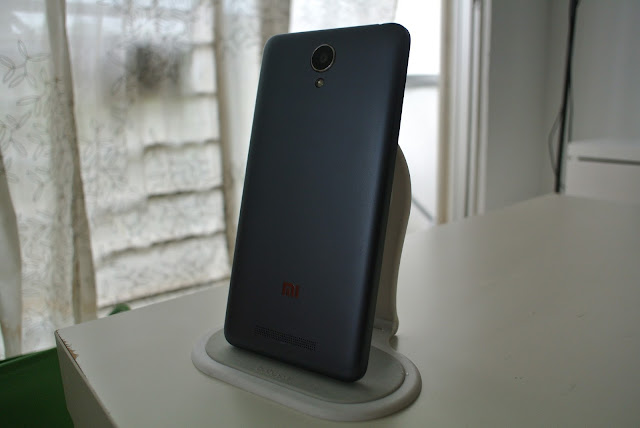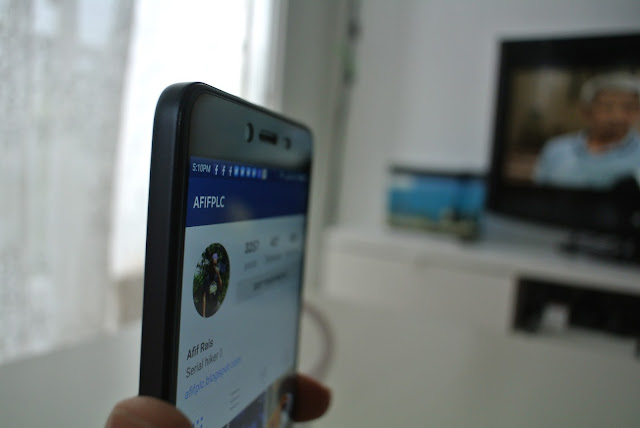
Although I’ve been hiking all over the country, I didn’t have much chance to hike in my home state of Kelantan. Well if you didn’t count gunung Yong Yap at the border of Pahang/Kelantan in my last hike. There’s not much interesting places to hike near Tanah Merah or Pasir Mas but I kept on seeing people posting hiking pictures of Bukit Keluang from nearby Besut so it definitely piqued my interest. So last Christmas holiday I finally got the chance to go up Bukit Keluang on my way back from Dungun. To get there is simple enough, just set your Waze app for pantai Bukit Keluang (Bukit Keluang Beach) and you’re set to go. You shouldn’t miss the starting point because it’s situated right next to the beach in front of the food stalls and the parking lot.


There’s no admission fees or whatever to go up the hill. The first obstacle is the few set of stairs that you have to climb. The stairs are quite steep but thankfully they are relatively short. After the steps, be prepared to hike the more challenging part of the hill. The slopes are quite steep but there’s plenty of above ground tree roots to hold on to. The entire hike from sea level to higher part of the hill should take no more than 45 minutes. Once you are near the top, you can already see the magnificent view of the sea and surrounding islands.

The summit of the hill is marked by a big hut, purposely built for hikers and tourists. They are perched right next to the cliffs which is guarded by rail guards for safety. The distance from your first panoramic view to the hut is about 10 minutes so you just keep on walking and follow the clearly marked trail to reach the summit.


The view from the top of the hill was really beautiful. You can see the south china sea straight into the horizon with a couple of islands dotting the landscape. I could just relax and chill at the top for hours just enjoying the view.


At the top you will notice that there’s another way to reach the summit from the opposite side of the hill. I don’t know how accessible the other side is, perhaps one day I will try to hike from that side as well. There’s a bunch of mean-looking monkeys hanging around the cliffs attracted by the food from hikers I’m sure. Just don’t attempt anything stupid like try to touch or hit them if you know what’s good for you.


I’m pretty sure the view from Bukit Keluang during sunrise would be gorgeous but we didn’t plan to come that early. Sunset is not bad but since the sun sets from the opposite side it wouldn’t be as spectacular as in the morning. So is this is good for newbies and beginners? Absolutely. I saw many locals attempting the hill in their flip flops and sandal (although panting heavily). Needless to say, a decent hiking shoe and a bottle of water would be highly recommended. Although the place looked pretty harmless, don’t hike alone unless you really have to you know since shit do happen.

























